The Lotus Weavers of In Paw Khon, Khit Sunn Yin, Inle Lake
Be sure to click on the images to view full screen!
All photographs taken with Nikon D800, Tamron 70-200 2.8 lens and edited in Photoshop/ Lightroom.
The photographs are all my own work, and taken at the craft village In Paw Khon, Khit Sunn Yin, Inle Lake. I have referrred to This excellent article on Lotus weaving. Some of the information in this post was sourced from this article by Julie Hall. Also her website is Julie Hall Photography
The history.
Lotus weaving was started around 100 years ago by a woman called Daw Sa U , who noticed that the stems of the lotus flower which grow around Inle lake have thin fibres. She made the first lotus robe and presented it to a monk at the Hpaung Daw U Pagoda, one of the most scared pagodas at Inle.
He renamed her "Daw Kyar U (Madam Lotus Egg)" and she continued to weave robes for the Buddhist statues and shrines at the Pagoda for the rest of her life.
As the lotus cloth was so high quality, and easy to source locally, the practice became popular amongst women around Inle lake.
Labourious process.
"The whole process is extremely labor intensive, making lotus one of the most expensive textiles in the world. A small neck scarf requires about 4,000 lotus stems, a large scarf requires about 40,000 stems, and a full set of monk’s robes (30 meters) requires about 220,000 lotus stems and 60 weavers to complete over a 10-day period." Julie Hall, Handeye Magazine (See link at bottom of my article)
The weavers were using hand or foot operated looms, which can be seen in the photographs here that I have used.
Many of them seemed to be happy with their work (or they were posing for the tourists ) As can be seen in the photographs, some of the machines were in fact recycled bikes, something I really appreciated.
Expensive and sought after material
The material is soft to the touch, and great to look at. Unfortunately I was not allowed to take photographs of the cloth in the shop, so I have just included the photographs of the weavers at work.
Even small items of clothing cost around 200-500 dolllars a piece so I didn't buy any pieces, but I can see why the material is becoming so popular.
"As Myanmar opens its doors and shares its cultural treasures with the world, lotus weaving stands out as a unique cultural heritage that won’t remain “undiscovered” for long. Recently, Italian fashion designer Loro Piana developed a line of lotus clothing and introduced it at the Parisian design fair Maison et Objet 2012. His 100% lotus double-breasted sport jacket valued at around €4,000 ($5,600) made waves in the luxury fashion world (and the waters of Inle Lake). Japanese buyers have also shown great interest in the lotus fabric. Ko Than Hlaing recently completed a large bolt of lotus fabric for a Buddhist temple in Japan."
Julie Hall, Handeye Magazine (See link at bottom of my article)
Tourist trap or real factory?
The weavers that we saw on the boat trip looked happy to be at work, as can be seen in the photographs.
The village was set up for tourists with an expensive shop so that the tourists could spend their money. Like the fishermen of the lake, a proportion of their income will come from tourists (like myself) who want to visit the lake and take nice photographs.
There are still other factories that produce the cloth without allowing tourists. so maybe the ones with tourists will have better conditons.
Should we spend our money here?
Positives
-Putting money directly into the local economy
- Supporting traditonal craft and culture
- Encouraging better conditions as tourists visit.
Negatives
-Can mean that business with better English / Langauge / Promotion skills do better than businesses whichproduce a high quality product
- The trivialisation of work- The workers are forced to sit and smile for the tourists and have their pictures taken.
- Some businesses can become rich far too quickly and buy up or put other businesses out of work.
- The work done in the tourist areas becomes far more vauluable than traditonal labour work or other jobs,leading to imbalance in the local economy.
- Trends - Tourists can be fickle, and whole tourism zones can collapase quickly.
So overall, what do you think?
Please comment below, and I hope that you enjoyed my photographs.
I have outlined some of the history of Lotus weaving, but please take the time to read This excellent article on Lotus weaving. Some of the information in this post was sourced from this article.
Please check out my Myanmar travel blog, I'll be adding more photos soon.
Part 1 Part 2 Part 3 Part 4
(If you haven't already)
Hope you enjoyed the photographs, please RE-STEEM, FOLLOW and UPVOTE if you like my blog.
A selection of my posts:
Check out my Flickr for more pics. Or my website Spinkphoto
Steemit photographers:
My favourite photographers on Steemit: @eyegasm @bescouted @jasonrussell @marinauzelac @juliank @mynewlife @siavatch @timsaid @gringalicious
No more fake news!!!
Bring on
- Steemit,
- DTUBE
- The Corbett report steemit feed @corbettreport ,
- {Wikileaks]love it or hate it, difficult to ignore.
- John Pilger ,
- Russell Brand
- Johnathon Cook
- Mark thomas
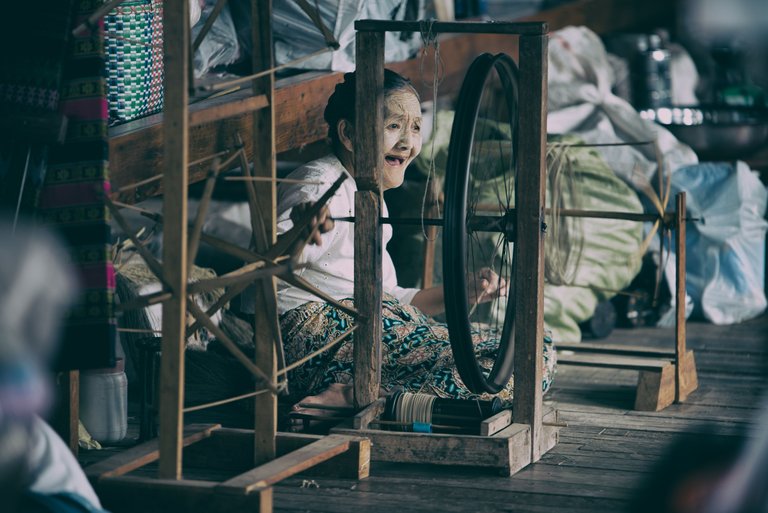
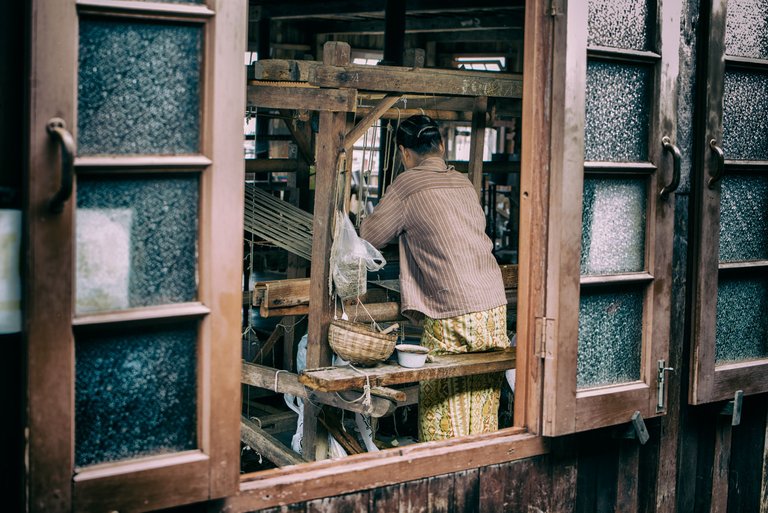
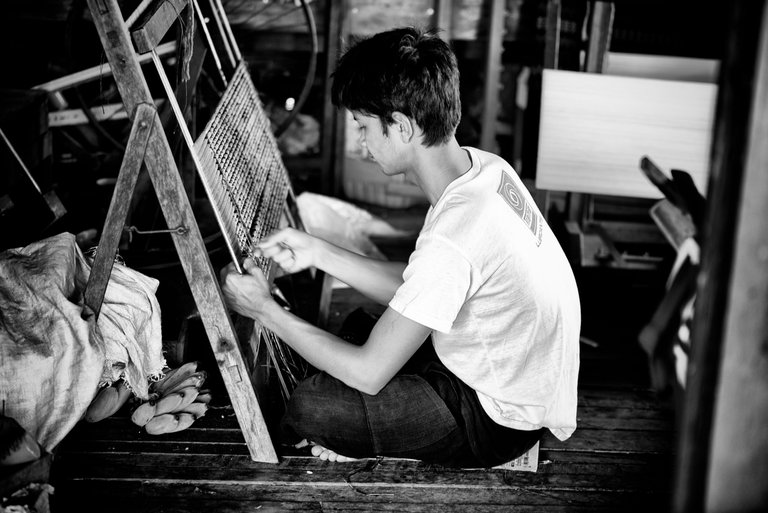
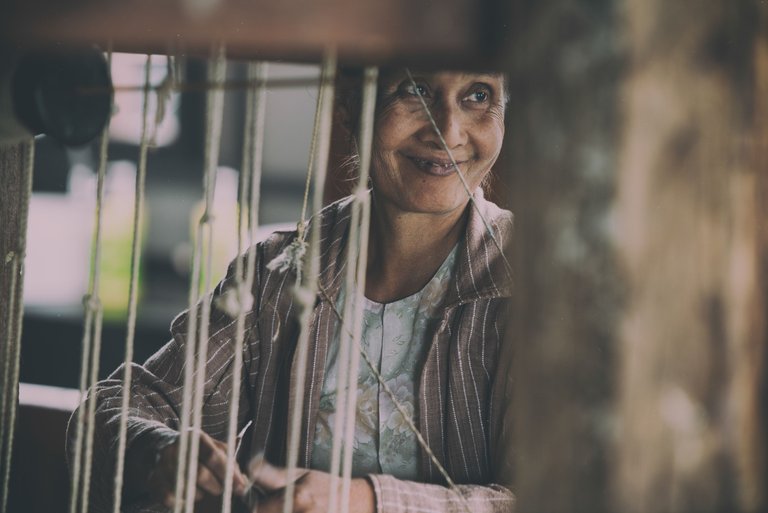
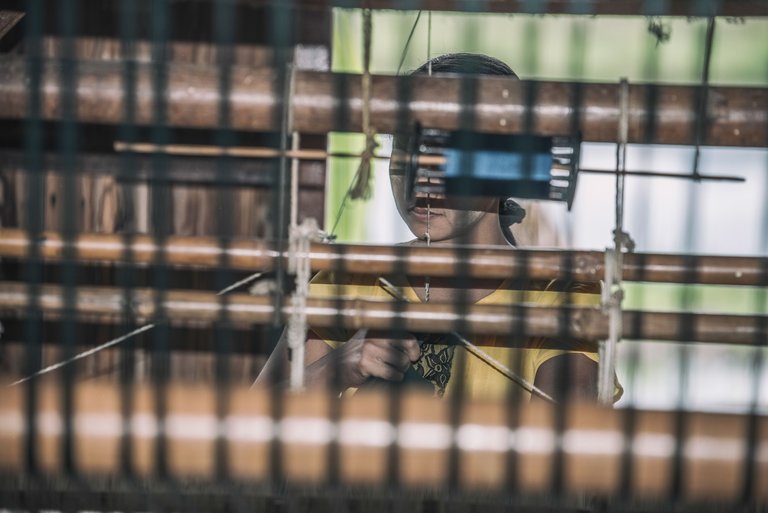
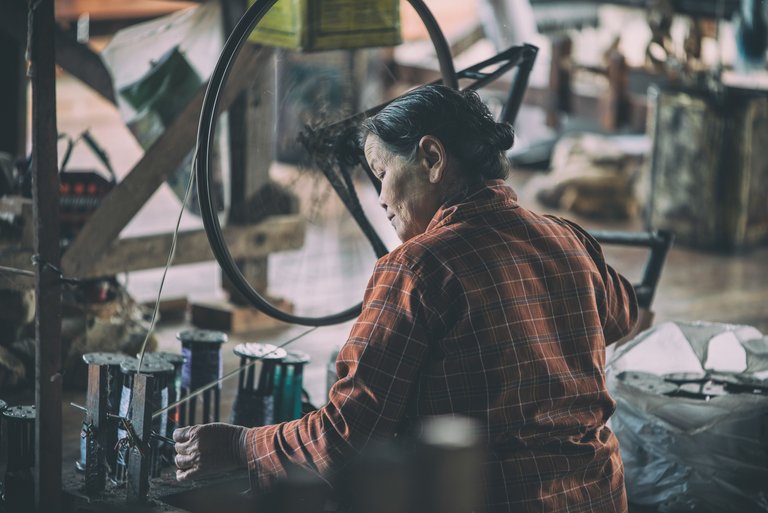
How is this not appreciate ! First photo it's amazing ! You need post more of stuff....
This was truly interesting. And with some questions to think about.